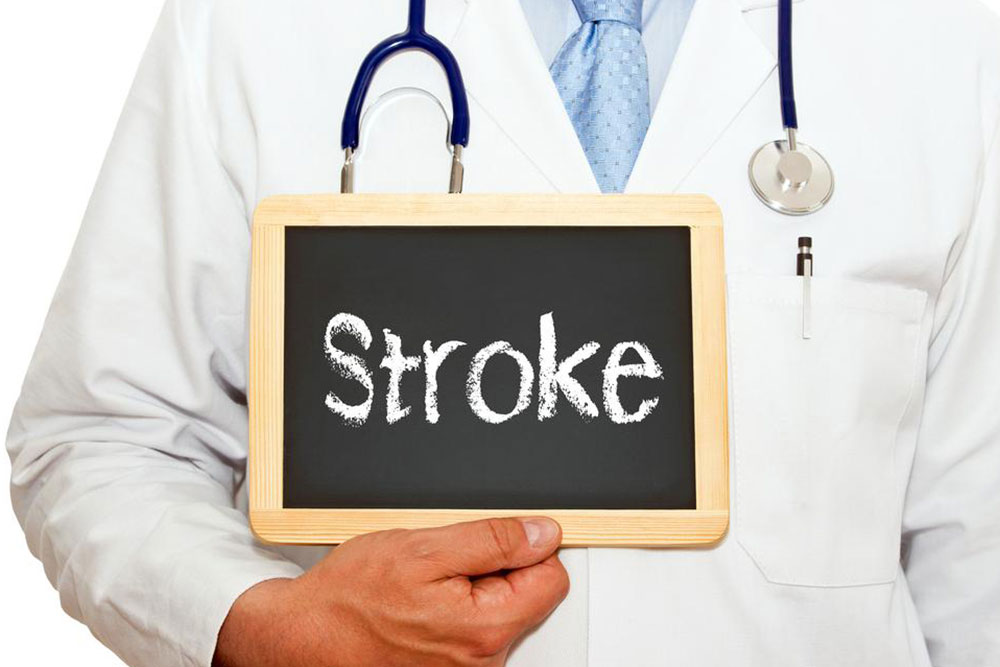Causes and Risks of Transient Ischemic Attacks
This article explores the causes, symptoms, and risk factors of transient ischemic attacks, emphasizing the importance of early recognition and preventive measures to reduce future stroke risks.

Causes and Risks of Transient Ischemic Attacks
A transient ischemic attack (TIA), often called a mini-stroke, occurs when blood flow to the brain is temporarily obstructed. Symptoms mirror those of a stroke but are short-lived, typically lasting less than an hour and rarely exceeding 24 hours. Early detection of signs such as dizziness, numbness, vision disturbances, or coordination issues can save lives. Since a TIA signals an increased chance of future strokes or heart problems, quick medical evaluation is essential. Major risk factors include high cholesterol, high blood pressure, heart conditions, diabetes, obesity, and unhealthy lifestyles. Prevention focuses on controlling these risk factors with lifestyle changes, medication, and routine health screenings.


